Retro Replay Review
Gameplay
Liverpool delivers a focused football experience by putting you in the boots of Liverpool FC’s eleven first-choice players in either single matches or a full Division 1 campaign. The side-on perspective keeps the action tight and immediate, while a small pitch scanner in the corner ensures you never lose sight of the bigger picture. This combination of close-up control and tactical overview lets you switch seamlessly between the heat of a tackle and the broader flow of the match.
(HEY YOU!! We hope you enjoy! We try not to run ads. So basically, this is a very expensive hobby running this site. Please consider joining us for updates, forums, and more. Network w/ us to make some cash or friends while retro gaming, and you can win some free retro games for posting. Okay, carry on 👍)
The control system relies heavily on a dual power bar mechanic for both passing and shooting. Two bars traverse the bottom of the screen in sequence, and you must time your button press to align them perfectly. A precise stop results in a crisp through-ball or a thunderous strike, whereas mistiming can see your shot trickle harmlessly towards the keeper. This risk-reward setup keeps every kick feeling meaningful and gives the game a satisfying layer of skill.
Beyond the power bars, the game simulates real pitch physics—sometimes too realistically. The ball can stick to a player’s foot after a tackle, and teammates occasionally jam together until a third player breaks the deadlock. While these quirks can be frustrating in the heat of a close contest, they also force you to adapt on the fly, looking for fresh passing lanes and creative workarounds to unstick your side.
Graphics
On the Amstrad CPC, Liverpool pushes the hardware to its limits. Players are rendered in bright, blocky sprites that, despite their low resolution, convey a surprising amount of character. Kits are instantly recognizable—Liverpool’s red shirt contrasts sharply against opponents in white—and the stadium backdrop adds context without distracting from the on-field action.
Animation is relatively simple but effective. When you strike the ball at full power, the sprite shifts weight convincingly and the ball responds in kind. Occasional sprite freezes and brief visual glitches can interrupt the flow, but the sense of momentum carries you through. The inclusion of a real-time clock and dynamic attendance figures in the corner bar provides a constant reminder that you’re part of a living, breathing league.
The zoomed-in view can feel claustrophobic at first, but the accompanying radar-style pitch map rescue allows you to keep tabs on every player’s position. Overall, Liverpool’s graphics strike a balance between functional clarity and retro charm, making it easy to identify teammates, opponents, and crowd crescendos as goals go in.
Story
As a licensed Liverpool FC title, the game’s narrative emerges from real-world football drama rather than scripted cutscenes. Each match unfolds with its own storyline: a last-minute winner, a tactical masterstroke, or a shock upset away from home. The authenticity of official player names and Division 1 fixtures helps ground your campaign in the realities of early ’90s English football.
League play offers a season-long arc, complete with fluctuating attendances and recorded goalscorers. You’ll find yourself chasing the title, defending a narrow lead, or battling relegation—each scenario crafting its own emotional highs and lows. Tracking top scorers and attendance figures adds an unexpected managerial dimension, as you gauge fan reaction against on-pitch performance.
Though there’s no cinematic storytelling, Liverpool excels at emergent narratives. Rivalries come to life when your control is tested by a stubborn defense, and individual players can become heroes or scapegoats depending on how the power bars align. In this sense, every match tells a new chapter in your personal football saga.
Overall Experience
Liverpool on the Amstrad CPC is a testament to what passionate design can achieve on limited hardware. Its blend of tight side-on action, precise power-bar mechanics, and authentic club licensing will appeal most to dedicated football sim fans and retro collectors. Occasional quirks—frozen sprites, stuck players—remind you of its age, but they also contribute to the unpredictable charm that defines early ’90s sports titles.
The learning curve is modest but rewarding. Master the timing on those power bars, anticipate when the ball might cling to a boot, and use the mini-map to set up overloads—success feels earned, and every goal is a small triumph. Although the absence of more modern features (like instant replays or advanced tactics menus) limits its mainstream appeal today, the core experience remains deeply engaging for those who appreciate pure, old-school football gameplay.
Ultimately, Liverpool is not just a retro oddity; it’s a piece of football gaming history that invites you to relive the drama of Division 1 campaigns with genuine club authenticity. If you’re seeking a tight, challenging sim that rewards skillful timing and strategic awareness, this classic title still has plenty to offer.
 Retro Replay Retro Replay gaming reviews, news, emulation, geek stuff and more!
Retro Replay Retro Replay gaming reviews, news, emulation, geek stuff and more!
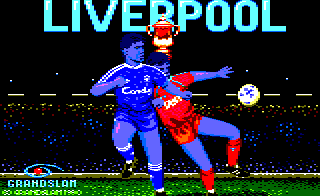
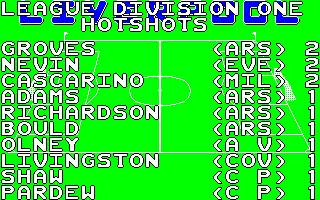
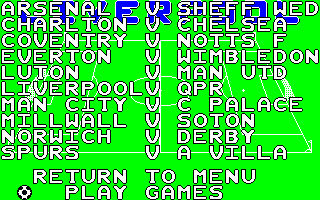
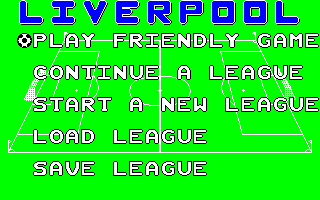
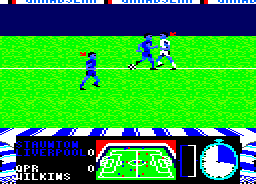
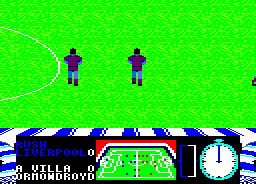



Reviews
There are no reviews yet.